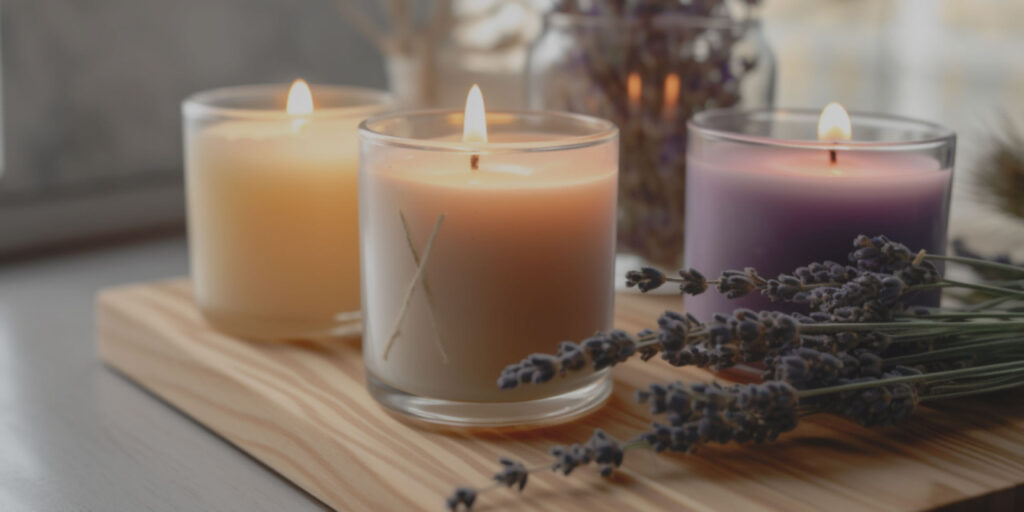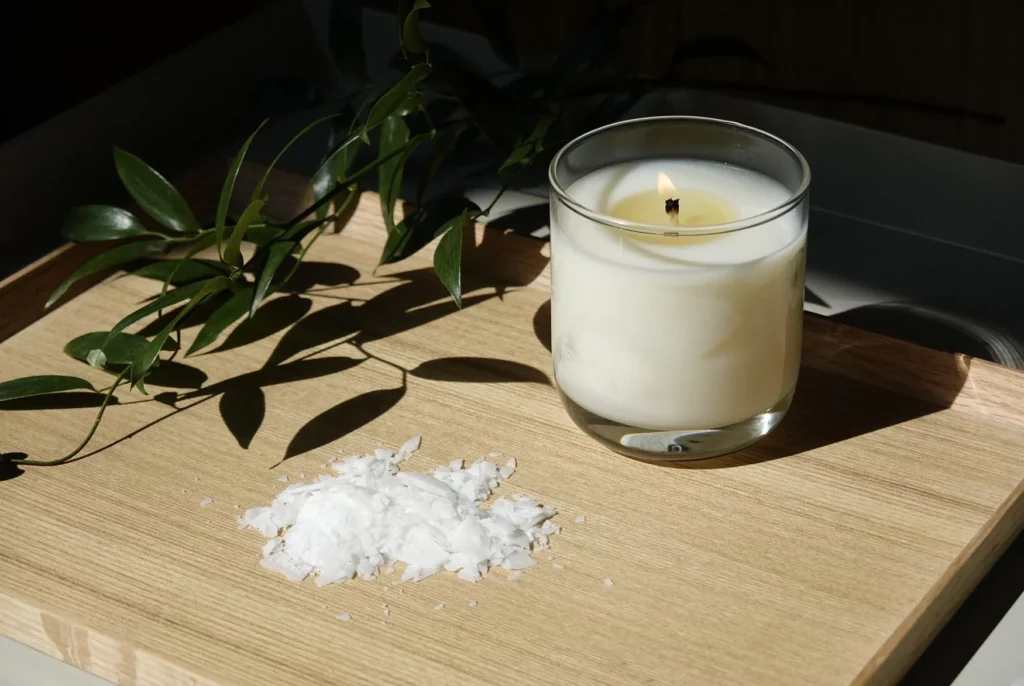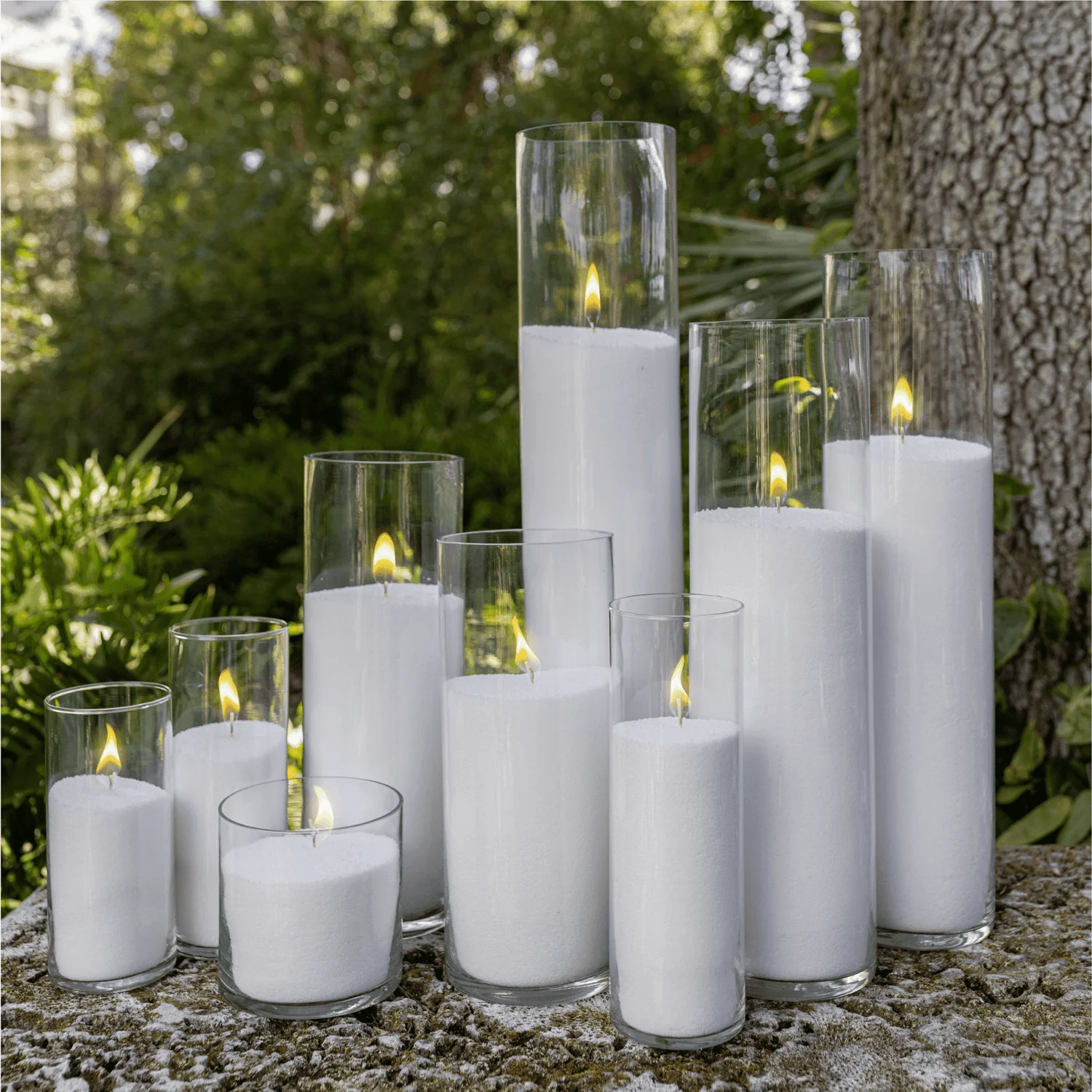Candle making is a rewarding hobby that offers endless possibilities for creativity and relaxation. One of the most popular waxes for this craft is Golden Wax 464. This article will guide you through the ins and outs of using Golden Wax 464, ensuring that you create beautiful candles every time. Whether you’re a beginner or an experienced candlemaker, these instructions will help you achieve the perfect results.
Understanding the properties of Golden Wax 464
Golden Wax 464 is a natural soy wax blend that is specifically formulated for container candles. Its unique properties make it a favourite among candlemakers for various reasons.
The composition of Golden Wax 464
This wax consists of a blend of 100% soy wax and other natural oils, resulting in a smooth texture that holds colour and fragrance exceptionally well. The formulation provides a creamy finish that enhances the appearance of the finished candle.
Another noteworthy aspect of Golden Wax 464 instructions is its low melting point. This feature allows the wax to melt evenly, reducing the occurrence of pesky sinkholes and ensuring a smooth surface once the candle has set.
Benefits of using Golden Wax 464 for candle making
One of the main reasons candlemakers choose Golden Wax 464 is its excellent scent throw. This means that when the candle is lit, it releases a beautiful aroma that fills the room. Additionally, this wax is compatible with a wide range of fragrance oils and colour dyes, giving you the freedom to experiment with different combinations.
Moreover, Golden Wax 464 is eco-friendly and biodegradable, making it a responsible choice for those who care about the environment. Its clean-burning properties ensure minimal soot production, resulting in a cleaner burn for you and your home.
Essential tools for candle making with Golden Wax 464
Before you dive into making your candles, it’s crucial to gather all the necessary tools and materials. This preparation will help ensure a smooth candle-making process.
Choosing the right wick for your candle
The wick is a pivotal component of any candle. Selecting the right wick size and type is essential for achieving an even burn and optimal scent throw. Cotton wicks are popular for soy wax, but you may also consider wooden wicks for a crackling effect.
When choosing a wick, always take into account the diameter of your container and the type of wax you’re using. Each wick comes with recommendations that can help you when selecting the correct size for your specific candles.
Selecting the perfect mould for your candle
There are many different types of moulds you can use for your candles, from glass containers to metal tins and silicone moulds. The right mould plays a significant role in the final appearance of your candle.
Glass jars are particularly well-suited for Golden Wax 464 as they allow for a clear view of the candle’s lovely finish. Other options include decorative tins or moulds that match your specific aesthetic. Remember that the mould’s size will influence the amount of wax you will need, so be prepared accordingly.

Step-by-step guide to making candles with Golden Wax 464
Now that you have a solid understanding of Golden Wax 464 and your tools are ready, let’s dive into making your own candles!
Preparing your workspace
Before you start, ensure that your workspace is clean and organised. Cover surfaces with newspaper or a disposable tablecloth to catch any spills. Gather your wax, containers, wicks, fragrance oils, and colour dyes nearby for easy access.
Proper ventilation is also essential, so consider working in an area with good airflow to ensure a pleasant experience.
Melting the Golden Wax 464
The melting process is best done using a double boiler method. Fill a pot with water and place it on the stove over medium heat. Once the water is simmering, add your wax to a heatproof container and place it in the pot. Allow the wax to melt slowly, stirring gently to ensure even heating. Learn more about wholesale candle wax: your guide to affordable quality.
Keep an eye on the temperature; you’ll want to heat the wax to around 70 degrees Celsius for optimal results.
Adding fragrance and colour to your candle
Once the wax has melted, it’s time to incorporate your chosen fragrance oils and colourants. The general rule of thumb for fragrance concentration is about 6-10% of the total weight of the wax. Always measure carefully for consistent results.
For colour, a small amount of colour dye is usually sufficient to achieve a lovely hue. Stir thoroughly to ensure even distribution of colour and scent.
Pouring and setting your candle
Now it’s time to carefully pour the wax into your prepared containers. Pour slowly to avoid creating air bubbles, filling the container to around 1 cm from the top. Allow the candle to cool at room temperature for several hours until it’s completely set. Avoid moving them while they are cooling to prevent any surface imperfections.
After the candles have set, you can trim the wick to about 5mm above the wax surface. Your candles are now ready for use or can be packaged beautifully if you wish to gift them!
Troubleshooting common candle making issues
Even the most seasoned candlemakers encounter challenges from time to time. Here are some tips for resolving common issues.

Addressing uneven candle surfaces
Uneven surfaces can occur due to rapid cooling or pouring too quickly. If your candle sets with an uneven surface, you can gently heat the top with a hairdryer or heat gun to smooth it out, allowing for a more professional-looking finish.
Solving issues with wick placement
If your wick is not centred, your candle may burn unevenly. To prevent this, use wick holders to ensure it stays centred while the wax sets. If you’ve already set the candle and it remains off-centre, you may face difficulties in getting even burns.
Dealing with fragrance and colour problems
If your candle doesn’t smell as strong as desired, consider increasing your fragrance load next time or using a different fragrance oil known for its strong throw. Likewise, if the colour isn’t as vibrant as you’d like, remember that more dye can be added during the melting process.
With these tips and instructions in hand, you’re all set to create stunning candles using Golden Wax 464. Enjoy the process and let your creativity shine! Happy candlemaking!


